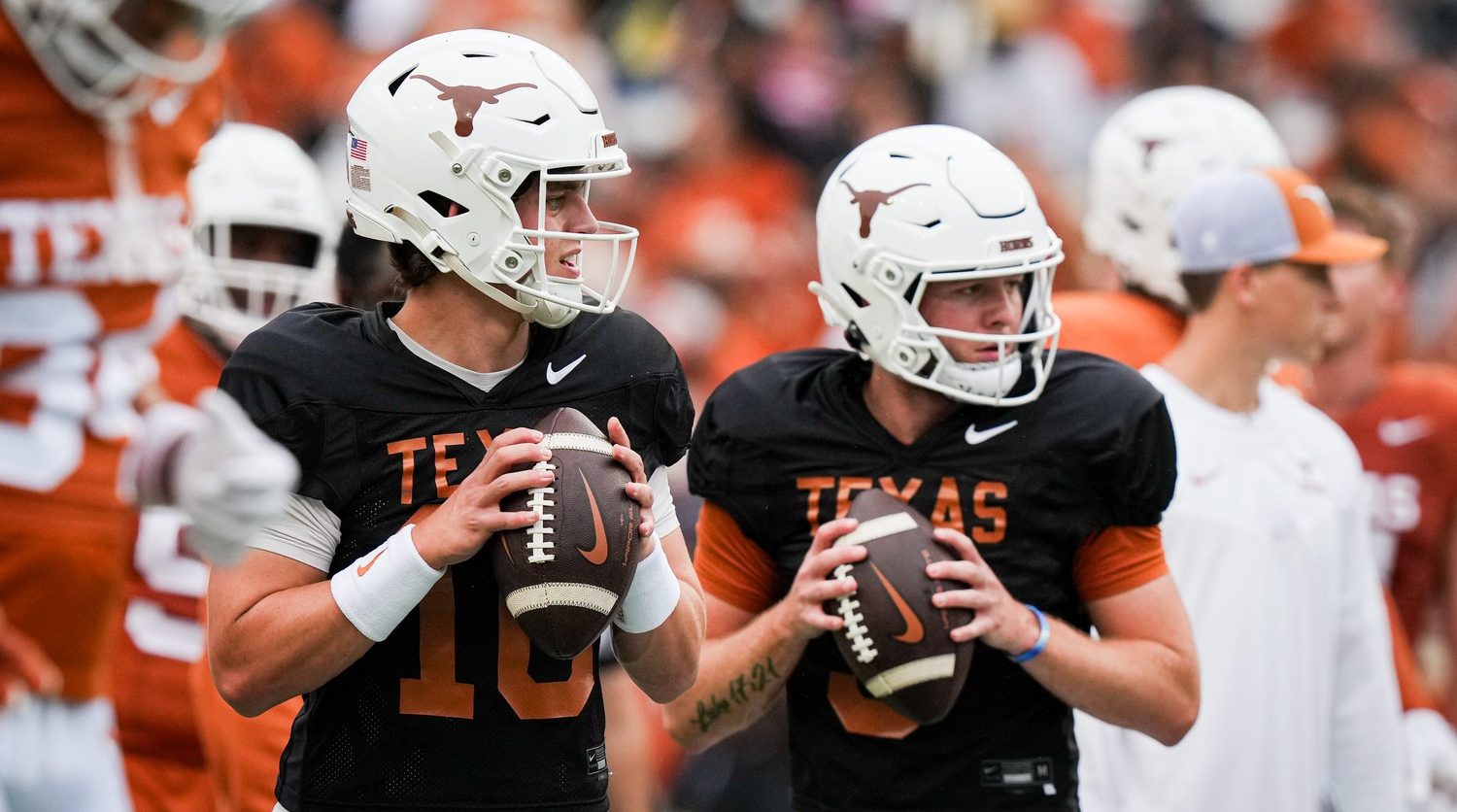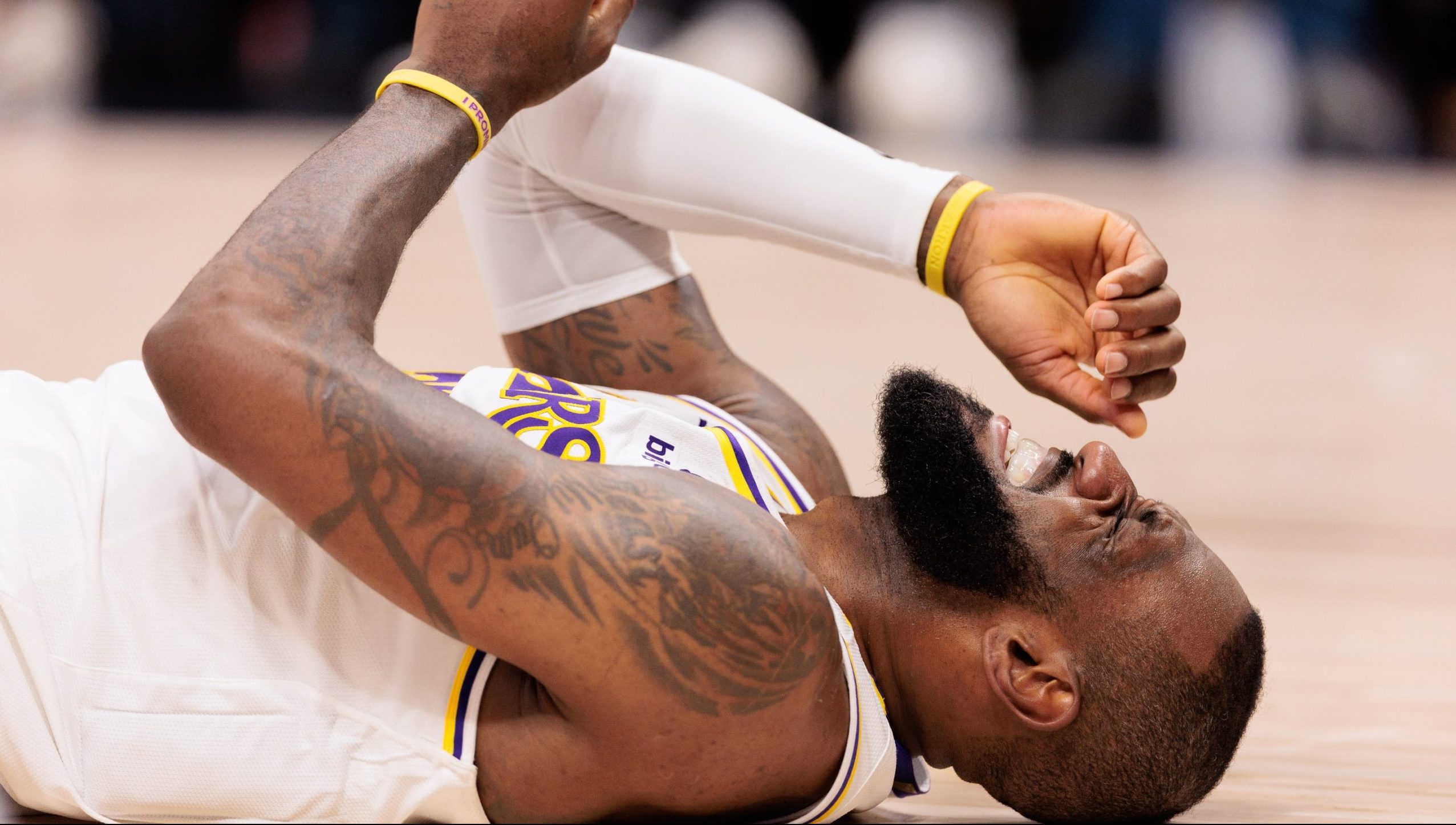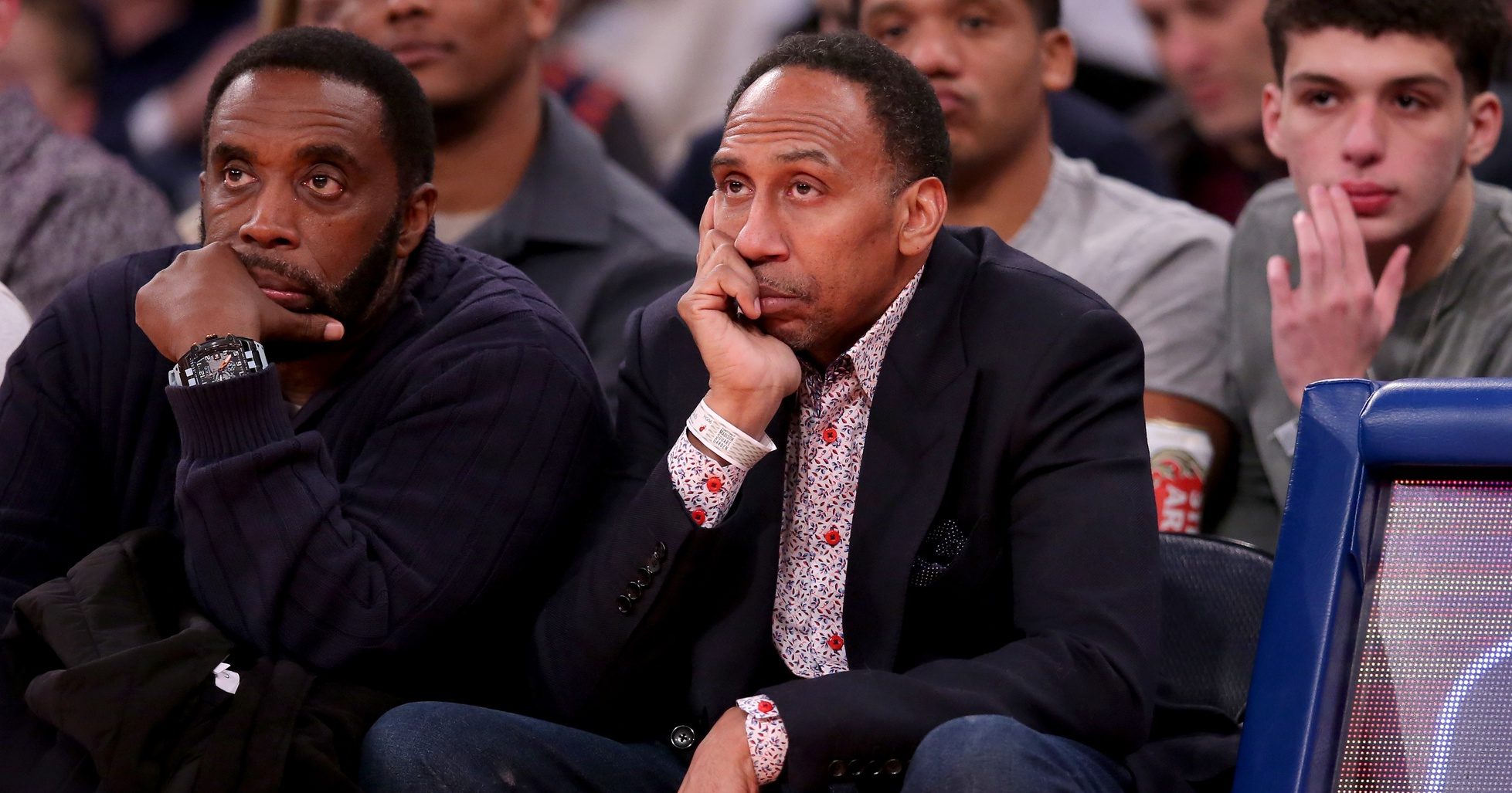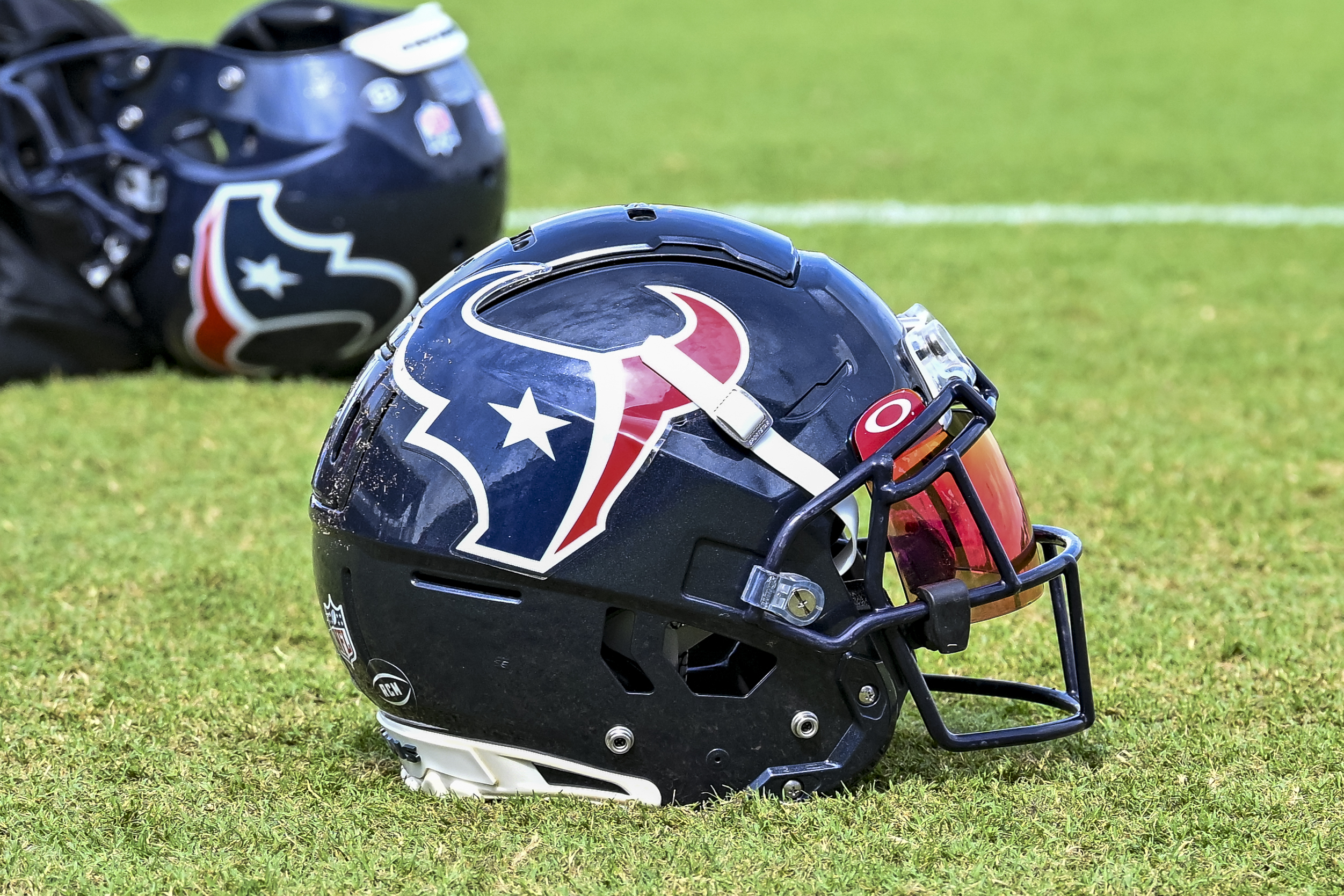First, it’s important to note that both of this year’s MLB wild card games were a lot of fun. The Yankees’ comeback win over the Twins on Tuesday night took forever, but featured some great moments, and the Twins will always have the time they chased Luis Severino after 1/3 of an inning in a playoff game. And the Rockies and Diamondbacks traded some fantastic punches on Wednesday night, including a relief pitcher triple and a surprise two-out bunt single, before Arizona held on to advance.
And the better teams over the course of the regular season won, which should make some people who feel the one-game playoff format is unfair happy.
All of that happened. But perhaps most importantly of all, the pair of games served as a showcase of what baseball is right now: a strikeout or home run contest, depending on the at-bat. There were nine home runs across the two games, and 31 runs total. There were 48 hits (a bit skewed, as the NL game tallied up 30 of those), 35 strikeouts, and 14 walks.
Let’s start with the Ks. Out of 54 total outs, 35 were recorded via strikeout. It’s a two-game sample size, so let’s not get crazy with extrapolations, but you’re going to see plenty more where that came from as the playoffs continue. Bullpens feature a ton of flamethrowing strikeout pitchers now, and as we saw last year, the postseason doesn’t quite resemble the regular season in terms of bullpen usage. More days off allows for managers to go to their pens early, and as we saw with the Yankees Tuesday when their bullpen essentially pitched 8 2/3 innings and racked up 13 strikeouts, that’s a tall order for lineups.
Offenses are being aided a bit, though, by a spike in home run rate. The two ballparks that hosted the Wild Card games helped, of course; Yankee Stadium and Chase Field allowed the second- and fourth-most home runs in the majors in 2017. And MLB as a whole had a record number of home runs this year. Part of that is likely because the ball is juiced. Maybe not in the traditional way we think of a juiced ball, doctored or altered in some fashion post-manufacture, or even intentionally altered during the manufacturing process to produce higher exit velocities. But it’s still different, and as Ben Lindbergh wrote for The Ringer earlier this summer, the evidence is just too much to ignore.
So! We have a sport where it’s harder to hit the ball, but when you do hit the ball, it’s going to go farther than ever more often than ever. That’s not inherently a bad thing, of course, but it’s also definitely different. Baseball could of course tinker with the formula; raising the strike zone is likely the easiest way to reduce the strikeout rate, though they could even go so far as to lower the mound.
But if baseball is going to be centered around two extremes, a sport could do worse than home runs and strikeouts.






